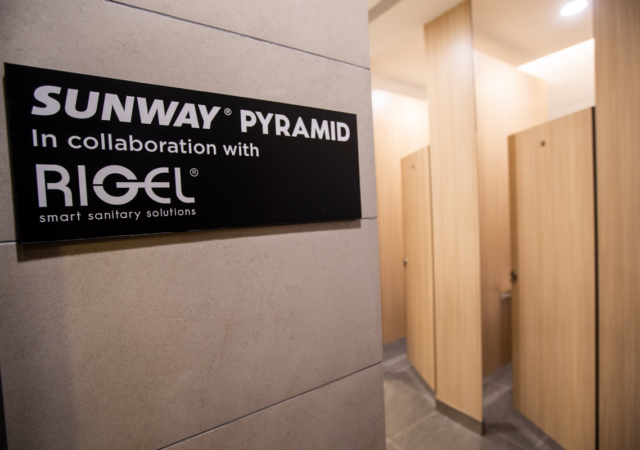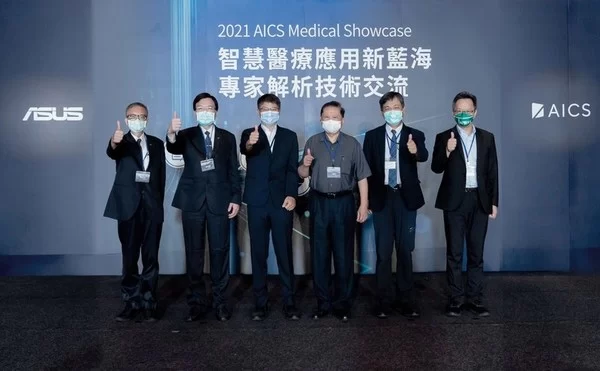– The premium line, Cowaymega series, featuring Airmega, and Bidetmega, to be showcased for the North American and European markets SEOUL, South Korea,…
Sequans’ Monarch 2 GM02S Module Successfully Completes Interoperability Testing for Use in Japan by NTT DOCOMO and KDDI
PARIS, Dec. 13, 2021 — Sequans Communications S.A. (NYSE: SQNS) announced successful completion of interoperability testing of its Monarch 2 GM02S module with…
Sunway Pyramid Implements IoT to Improve the Toilet Experience for Patrons
Sunway Pyramid partners with Rigel Technologies to implement an IoT system targeted at optimising customer experience in the toilet.
TechSmith Releases New Snagit 2022
Snagit 2022 includes upgraded functionality to support remote and hybrid work environments OKEMOS, MI, Dec. 8, 2021 — TechSmith Corporation, the market leader in screen capture and video editing tools today…
Infobird upgrades its intelligent interactive training product
An innovative AI application that can start a new era for corporate training BEIJING, Dec. 3, 2021 — Infobird Co., Ltd (Nasdaq: IFBD) ("Infobird" or the "Company"), a software-as-a-service provider of…
BEYOND Expo Macao opens today with these highlights not to be missed!
BEIJING, Dec. 3, 2021 — The BEYOND International Technology Innovation Expo (BEYOND Expo) hosted by the Macao Technology General Association was opened at The Venetian Macao on December 2nd. As…
HTC Global Services reveals new brand identity uniting CareTech and Ciber under one brand
TROY, Mich. and CHENNAI, India, Dec. 1, 2021 — HTC Global Services today announced that its companies, including CareTech Solutions and Ciber Inc., are uniting under one name and one brand…
Fibocom Joins OnGo Alliance to Speed Commercial Adoption of CBRS Solutions
Fibocom becomes the newest member of the OnGo Alliance to advance innovative CBRS commercialization, allowing fast, reliable and secure connectivity for remote education, remote work, IIoT and more. SHENZHEN, China,…
NPCore forms global partnership with Viet Cyber Security towards expansion into SE Asian IT security market
SEOUL, South Korea, Nov. 26, 2021 — NPCore, a joint venture member of Born2Global Centre, has its sights set on a greater share of the IT security market in Southeast Asia,…
ASUS and Medical Professionals Showcase Five Smart Healthcare Achievements
SINGAPORE, Nov. 26, 2021 — ASUS Intelligent Cloud Services (AICS) today introduced five smart medical solutions during its AICS Medical Open House. The xHIS platform, the Lumos EMR search platform, the…







